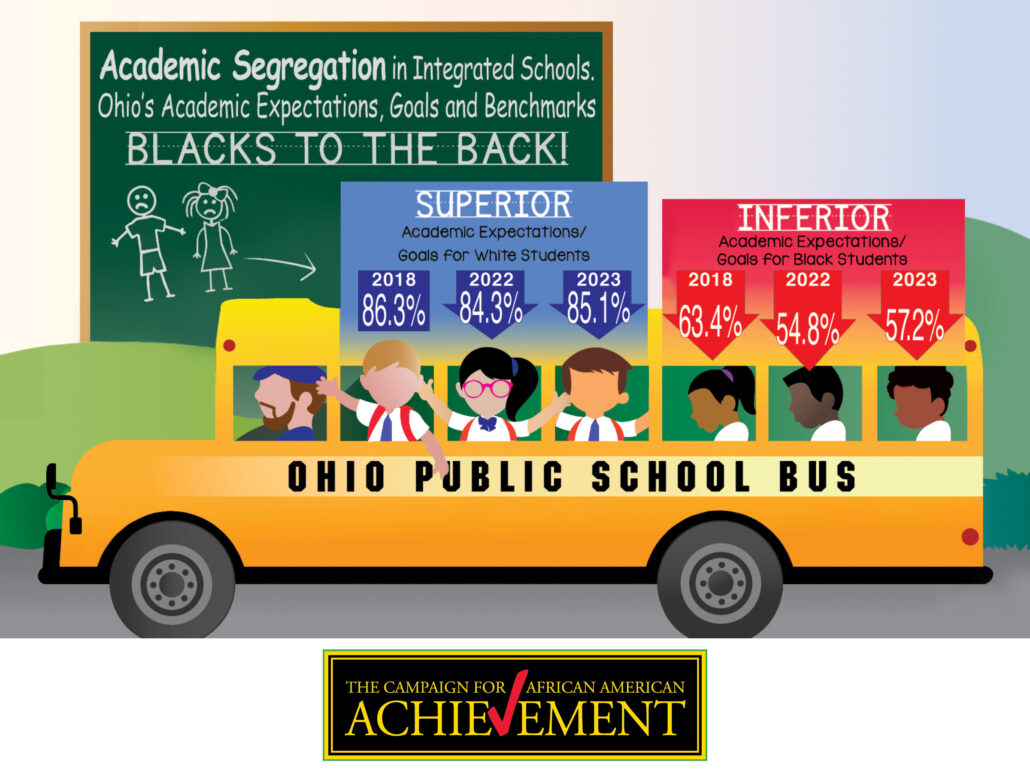
Take the pledge regarding inferior expectations for Black students.
LEARN MOREACADEMIC SEGREGATION in Ohio’s IntegratedPublic Schools is not in accord with the 14th Amendment, United States Supreme Court decision in Brown vs. Board of Education or the 1964 Civil Rights Act, Title VI.
Tom Roberts | Jimma McWilson | WilliAnn Moore | James Brown | Tiffany Edwards CFRE | Darla Dunlap | Geraldine Hayes Nelson – PHD | Dr. Adora Obi Nwese | Trish Ethridge | | Lisa Freeman | Pamela Brown | Phyllis Flowers, Esq.
The right to an education isn’t just about obtaining good grades – students are learning lifelong skills that will help them to become tomorrow’s leading citizens.
It is important for black and minority students and families to know their rights. The United States Constitution has amendments, known as the Bill of Rights. The Bill of Rights ensures and assures that basic rights are provided for every US citizen. Some state and federal laws provide for additional rights as well.
“Today, education is perhaps the most important function of state and local governments. Compulsory school attendance laws and the great expenditures for education both demonstrate our recognition of the importance of education to our democratic society. It is required in the performance of our most basic public responsibilities, even service in the armed forces.
It is the very foundation of good citizenship. Today, it is a principal instrument in awakening the child to cultural values, in preparing him for later professional training, and in helping him to adjust normally to his environment. In these days, it is doubtful that any child may reasonably be expected to succeed in life if he is denied the opportunity of an education.
Such an opportunity, where the state has undertaken to provide it, is a right which must be made available to all on equal terms.”
“Equity – Each child has access to relevant and challenging academic experiences and educational resources necessary for success across race, gender, ethnicity, language, disability, family background and/or income….”
Equality is part of the importance of the Bill of Rights.
Every child has the right to an equal, public education.
The commitment to equality and equity in the strategic plan, as well as the noted disparities that exist, create the imperative for the creation of this task force to focus on improving educational outcomes for Ohio’s children who are Black.


The NAACP will advocate at every level to target funds towards kids who’ve been denied them:
Create and build a postgraduate path to success for all students: